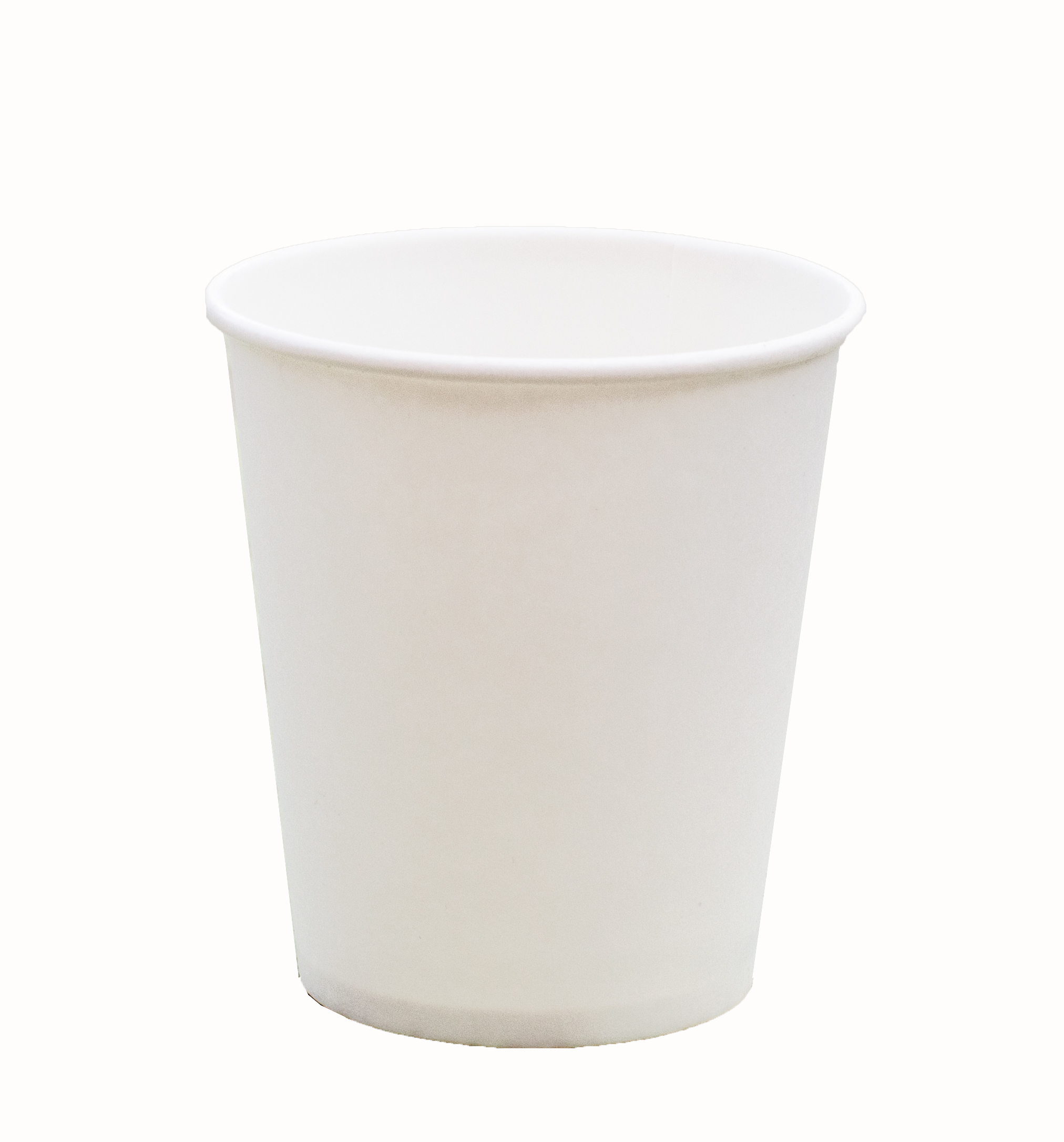The remarkable history and evolution of paper cups. From their earliest beginnings to modern-day, paper cups have come a long way, embodying both innovation and sustainability. In this article, we will explore the history of paper cups, the evolution of paper cup machinery, and why they remain a go-to option for millions of people around the world.
The Birth of Paper Cups
The idea of a disposable cup was first envisioned by a Boston lawyer named Lawrence Luellen, who, in 1907, came up with the idea of a single-use cup made of paper. However, it wasn’t until 1910 that the first paper cup – called the Health Cup – was introduced. The Health Cup was a simple, disposable cup made of waxed paper, designed to provide a more hygienic option than public water fountains.
In 1936, the first-ever paper cup-producing machine was invented, producing up to 40 cups per minute. With the use of this machine, paper cups started to gain traction globally, as they provided a more sanitary alternative to glass, ceramic, or metal cups.
The Rise of Paper Cup Machinery
In the early days, paper cup machinery was very basic, consisting of a hand-cranked machine that produced one cup at a time. As the demand for paper cups increased, machinery evolved significantly, with automatic machines capable of producing several hundred cups per minute. In the 1950s, the introduction of the high-speed machine gave birth to mass production, and paper cups began to replace traditional cups in many establishments.
One of the most significant advances in paper cup machinery was the development of the double-peel technology, which involved coating the paper with both polyethylene and wax to prevent leaks and to make the cups strong enough to hold hot and cold beverages. With this technology, paper cups became a go-to option for coffee shops, fast-food chains, and countless individuals worldwide.
The Emergence of Sustainable Paper Cups
With increasing concerns about the environment, paper cup manufacturers have been exploring sustainable options for paper cups. One such option is the use of biodegradable plastics and engineered paper materials, which offer an eco-friendly alternative to traditional paper cups.
Recently, paper cup machinery has been modified to produce recyclable paper cups, which are coated with food-grade polyethylene that can be easily separated during the recycling process. With the increasing demand for eco-friendly options, paper cups have become a popular choice among environmentally conscious consumers.
The Future of Paper Cup Machinery
As technology continues to evolve, paper cup machinery is expected to keep pace with newer and more innovative designs. With the demand for sustainable options increasing, paper cup machinery will play an integral role in producing eco-friendly cups that will help reduce carbon footprint and plastic waste.
The introduction of 3D printing technology is set to revolutionize paper cup production, allowing for more custom designs and shapes, giving consumers greater flexibility and choice. In the future, we might see machines capable of producing paper cups with advanced technology features like temperature monitoring, barcode scanning, and Wi-Fi connectivity.
Final Thoughts
In conclusion, the history and evolution of paper cups machinery have been remarkable, with the industry growing and evolving to meet consumers’ changing demands. From the earliest beginnings to modern-day, we have seen significant strides in paper cup machinery, and the future looks even more promising.


